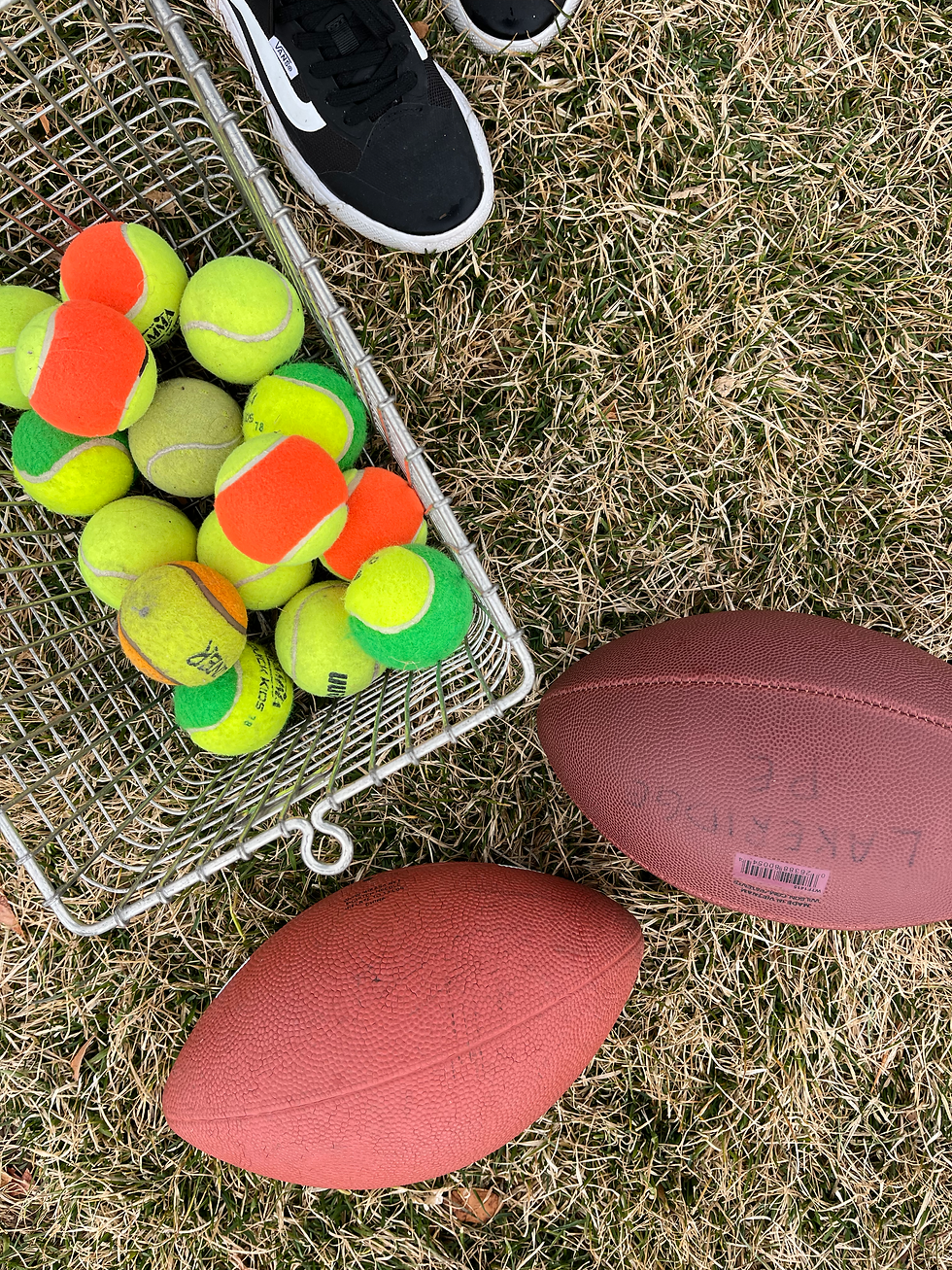Lesson Plan Spotlight: PETE
- Student Ambassadors

- Feb 20, 2024
- 3 min read
Updated: Feb 21, 2024

Creating a lesson plan can be daunting, but this post was designed to make it easy! First, let's define what a lesson plan is.
What is a lesson plan and why is it important?
A lesson plan serves as a guide that teachers can use everyday to determine what the students will learn, how the lesson will be taught, and how learning will be evaluated. Lesson plans allow teachers to be more effective in the classroom by giving a detailed outline that they follow during each class.
Here is an example of a 30 minute lesson plan written by PETE students Hannah Decker and Camille Davies:
Lesson Focus Title: Hula Hoops
National Standard: S2.M13.7 Analyzes the situation and makes adjustments to ensure the safety of self and others.
Equipment: One hula hoop for each student, cones to divide the gym
Objectives: I am responsible when using equipment safely in physical education. I can list the rules and consequences in physical education. I can move in self-space and in general space.
Anticipatory Set: How many of you have hula hooped before? Today we will be practicing hula hooping both side to side and front to back. We are going to focus on staying in our own space and trying to keep a rhythm going.
Introduction: Ponies in the Stable
A bean bag or hoop is used to mark each student's stable. On a signal, youngsters gallop around the area and in and out of "stables." On a second signal, students return to the nearest stable. Just one student per stable for the most basic version of the activity.
Lesson Focus- Manipulative Skills Using Hoops Instructions:

1. Hula-hoop using various body parts such as waist, neck, knees, arms and fingers.
a. While hula-hooping on the arms, try to change the hoop from one arm to the other.
b. Change hoop from one partner to another while hula-hooping around the waist.
c. Exploratory activity.
2. Place the hoops on the floor to create various patterns. Have the children perform various fundamental locomotor movements and animal walks in, out of, and between the hoops. Create different challenges by having students go in and out of various color hoops and specify a certain number of hoops they must enter.
3. Jump rope with the hoop--forward and backward. Begin with a back-and-forth pendulum swing. Try sideways jumping.
4. Thread the needle. Balance the hoop on head and try to step through the hoop. Do it forward, backward and sideways.
5. Roll hoop and run alongside it. Run ahead of it. Cross in front of it. Go through the hoop.
6. Balance the hoop and then go through it before it falls.

Teaching Hints:
Place the hoops around the perimeter of the area. Students move and pick up a hoop and begin practicing the assigned activity in your personal space. Encourage youngsters to find their personal space.
When learning to hula-hoop, teach youngsters to move the body part back and forth rather than in a circle. The natural tendency is to move the body part in a circle, making it impossible to keep the hoop circling.
Place the hoops on the floor when calling the class to attention. If students don't put the hoop on the floor, they will drop and disrupt the class. Offer students a chance to perform their favorite activities.
Closing: Ultimate Rock Paper Scissors
Hoops are set on the ground in a line. Students will be in two teams. Each team will start on one side of the hula hoops. One at a time (one student from each team) will hop through the hoops until they meet the other student. They will then do rock paper scissors. The students that wins will advance and keep hopping through the hoops. The student that lost will get in the back of the line. This goes on until one team makes it to the end of hula hoops.
If you want to learn more, click here to schedule a meeting with our PETE student ambassador, Kamora Shelton!






Comments